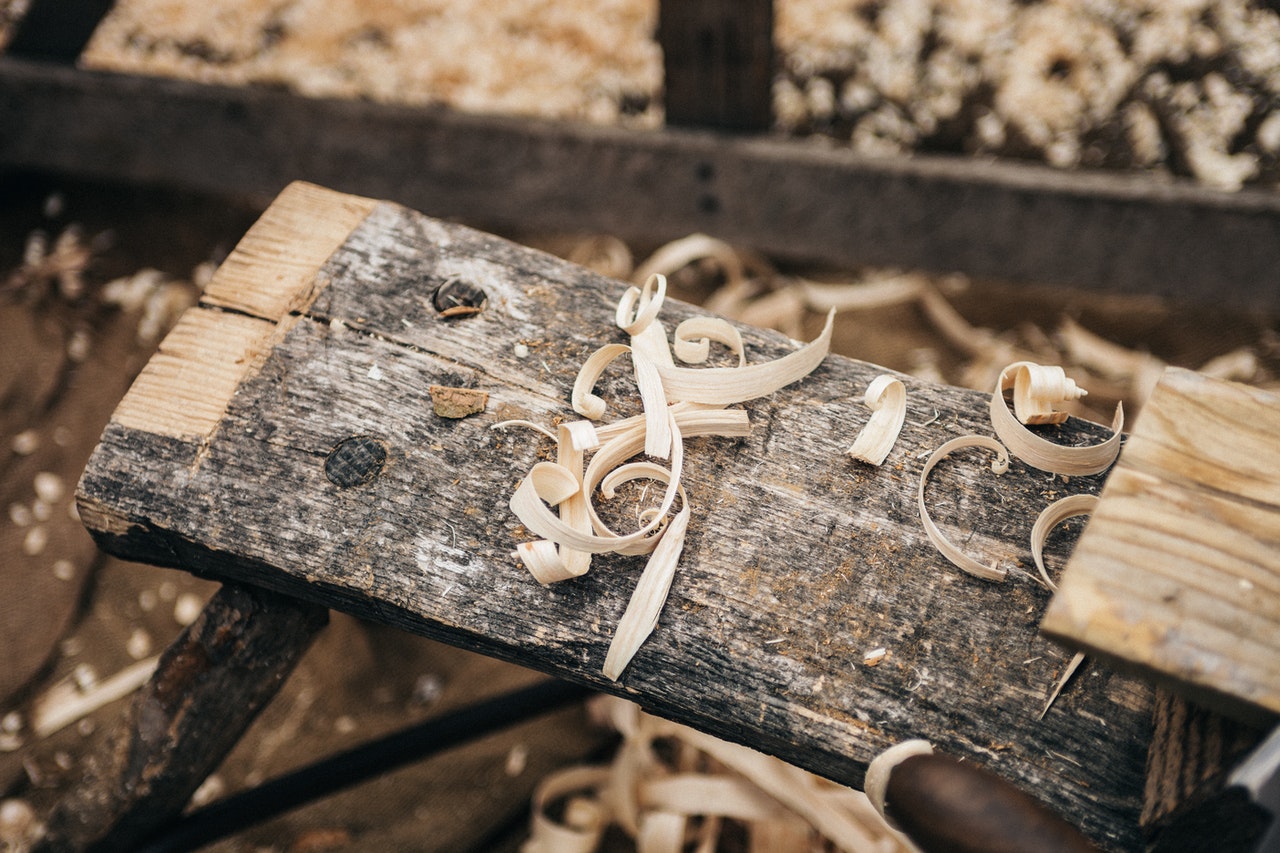There’s no denying that art is one of the most enduring forms of creative expression, and one of the most iconic forms of art is woodworking. Since the dawn of history, artists have created an untold number of wooden sculptures and structures, utilizing many methods and materials found in nature. One of these methods is carving.
Our current knowledge of the history of art suggests that wood carving is one of the oldest forms of sculpture that is still in use today. Wood is plentiful in nature and easy to source and was developed around the same time as pottery. The method is practiced by most cultures and has been around as long as the modern man has been on this planet.
Tools of the trade
Over the millennia, the art of wood carving has undergone many changes, and the practice continues to this day. Most artists still prefer simple hand tools for wood carving due to their ease of use and affordability. The carving knife, the most basic of wood carving tools, has undergone few changes over the years and is available in a wide range of sizes. Another common tool is the carving gouge, used for scooping out areas of the wood.
While the underlying principles of wood carving are still the same, artists have taken advantage of new tools to change how they create wood sculptures. Tools such as CNC signage machines have given birth to new ways of utilizing wood for creative expression. Some artists have also used chainsaws to create beautiful wooden sculptures.
New tools, new methods
Chainsaw carving, as this method is known, is now become one of the most popular ways to work with wood and has breathed new life into an ancient form of art. Many people consider chainsaw carving as one of the most exciting forms of art in the modern era. While chainsaw use might require users to undergo training and carry more safety risks, more and more artists are now using this tool to create works of art.
There is no perfect tool for wood carving, and woodworkers and artists will have differing opinions on which art form is best. Some tools are easy to use, while others, such as the chainsaw, can be hazardous in the wrong hands. If you’re new to woodworking, it might be best to start simple.

Choosing wood for carving
There are many kinds of wood available, and an artist must understand each type’s characteristics and peculiarities. The colors, textures, and features differ from type to type and can greatly affect how the material responds to cutting and carving.
Practically any type of wood can be used for carving, which gives artists and woodworkers some freedom when choosing a variety to work with. However, all wood choices can also be overwhelming. Regardless of the type of wood you choose, you must source your supply from a knowledgeable wood supplier, especially if your knowledge of the different wood types is limited.
Your carving style and desired design will influence the wood type that is best to use for a particular project. For instance, butternut is a popular type of wood for beginner woodcarvers. The butternut tree, also known as Juglans cinerea, typically reaches 100 feet. Butternut wood is soft and relatively light, making it ideal for beginner carvers. Many carvers choose butternut wood for the beautiful color and grain pattern.
Another popular wood variety is basswood. Basswood is one of the most popular choices for artisans and woodcarvers. While basswood is classified as a hardwood, the wood is relatively soft and is easily carved with a chainsaw. It is also a good beginner wood type since basswood holds and retains detail beautifully, but it is also more expensive than butternut.
Finally, mahogany is a popular wood for both furniture-making and wood carving. Mahogany wood is light with a relatively straight grain. It is reddish and possesses a distinctive grain pattern. While woodworkers will find little resistance when carving mahogany, the wood is expensive. It is also difficult to work with since the grain patterns can be inconsistent.
A final word
Wood will never go out of fashion, and millions of artisans and woodworkers worldwide make a sustainable living off this natural material. While the varieties differ from country to country and culture to culture, it’s important to use sustainably sourced wood to ensure that future generations of woodworkers can benefit from nature’s bounty.



